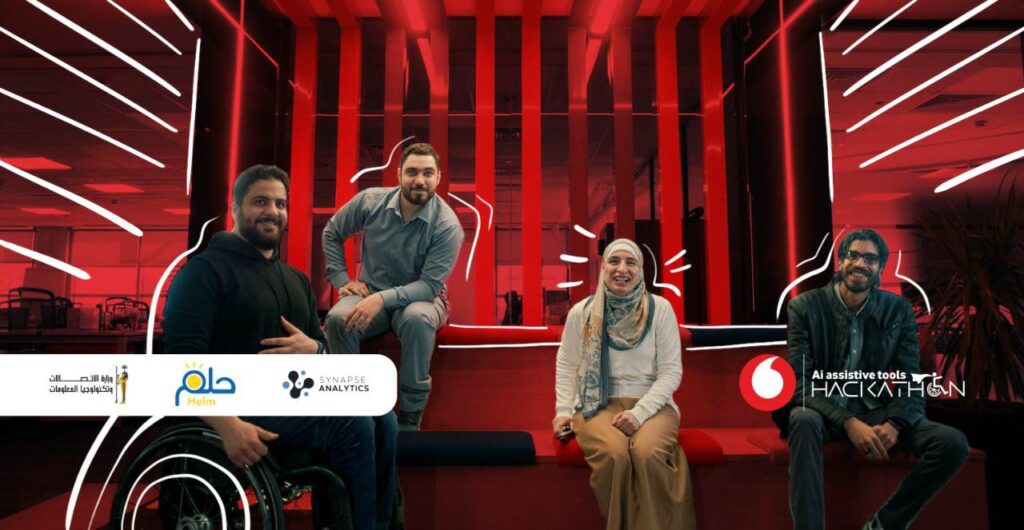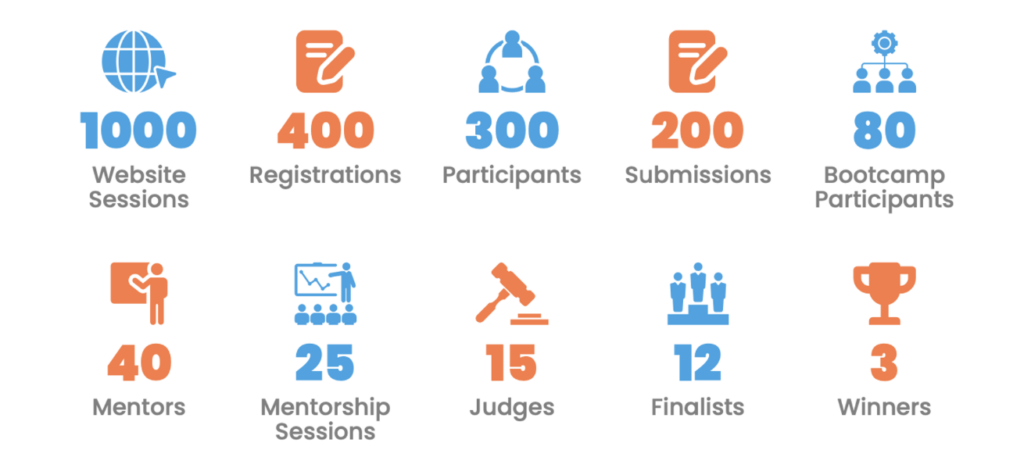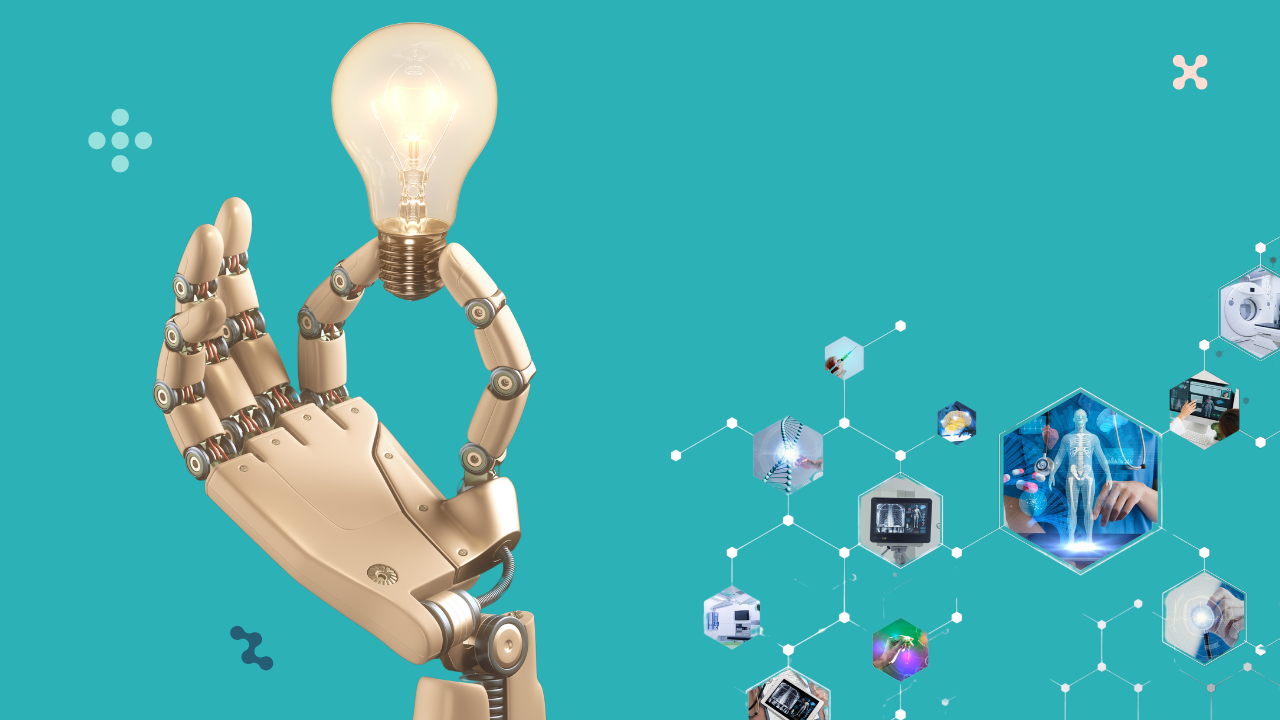Technology And Innovation
Open Innovation And Digital Transformation
The key to unlocking technology’s full potential for innovation lies in open innovation and digital transformation. Open innovation fosters collaboration, allowing companies to tap into a vast external pool of knowledge and expertise. Digital transformation, on the other hand, revolutionizes how businesses operate by leveraging cutting-edge technologies. It also fuels innovation by streamlining processes, uncovering hidden insights, and creating new opportunities.
Together open innovation and digital transformation create a dynamic environment in which companies can swiftly adapt to change, seize emerging opportunities, and remain at the forefront of technological progress.
Tech-Based Solutions Are Transforming Every Industry
Technology-based solutions are transforming industries across the board, fundamentally changing their operations and leading them to digital transformation.
Below are some examples of technology applications in different industries.
Automation Technology & Robotics
Manufacturing: For example, it uses autonomous vehicles, drones, and warehouse automation systems to benefit several domains, such as Logistics and Transportation, Supply Chain for Retail, and E-commerce.
Healthcare: Robotic surgery enables healthcare providers to focus more on patient care while reducing errors and increasing precision.
Agriculture: Automated systems for planting, irrigation, and harvesting, as well as drones for crop monitoring and precision agriculture, help farmers increase productivity and sustainability.
Automation Systems & Digital Transformation
Healthcare: Automation technology is transforming healthcare delivery by building systems for streamlining administrative tasks, improving patient care, and enhancing medical diagnostics.
Banking & Finance: Automation technology streamlines processes such as transaction processing, risk assessment, and compliance.
Algorithms
E-commerce: Online retailers like Amazon use recommendation algorithms to personalize product recommendations based on a customer’s browsing history, purchase behavior, and demographic information.
Entertainment & Streaming Services: Platforms like Netflix and Spotify utilize algorithms to personalize content recommendations based on user viewing or listening history, ratings, and preferences.
Rapid Prototyping & 3D
Product Design and Innovation: Design firms and product development companies utilize rapid prototyping tools like 3D printers to iterate on design concepts and bring innovative products to market.
Automotive Industry: Automakers use 3D printing technology to rapidly prototype new vehicle components and designs. For example, companies like Ford and BMW utilize 3D printing to create prototype parts for testing and validation.
Internet of Things (IoT)
Manufacturing (Industry 4.0): In the manufacturing sector, IoT technologies are driving the adoption of Industry 4.0 principles, including smart factories and predictive maintenance. IoT sensors installed on manufacturing equipment collect real-time data on performance, production, and quality metrics for analysis.

How Technology Can Lead Digital Transformation Using Open Innovation?
To keep up with the need for digitalizing industries, the tech sector must take the lead in creating collaborative spaces for innovation. This collaboration can only be made possible through open innovation.
Using open innovation programs such as hackathons, innovation challenges,…etc, the tech sector can collaborate with other industries by sharing ideas, resources, and expertise to create new solutions.
The examples below demonstrate how the tech sector can leverage programs and initiatives to drive innovation in specific technology domains.
Artificial Intelligence (AI):
AI Hackathons: Organizing hackathons focused on AI to encourage developers and data scientists to collaborate and build innovative AI solutions within a limited timeframe. Such hackathons can address decisions and data challenges within different sectors.
AI Accelerator Programs: Offering accelerator programs for AI startups, providing them with mentorship, funding, and resources to develop and scale their AI-driven products or services.
AI Research Collaborations: Partnering with universities and research institutions to collaborate on AI research projects, advancing state-of-the-art AI algorithms, applications, and technologies.
Internet of Things (IoT):
IoT Innovation Challenges: Launching innovation challenges to solicit ideas and prototypes for IoT devices, sensors, and solutions that address specific industry or societal needs.
IoT Developer Communities: Building developer communities and platforms that provide tools, APIs, and resources for developers to create and deploy IoT applications and services.
IoT Pilot Projects: Collaborating with industry partners to pilot IoT solutions in real-world settings, such as smart cities, agriculture, healthcare, or manufacturing, to demonstrate their effectiveness and scalability.
Cybersecurity:
Cybersecurity Challenges: Hosting cybersecurity challenges and competitions to identify and reward innovative approaches to detecting, preventing, and mitigating cyber threats and attacks.
Cybersecurity Training Programs: Offering training programs and certifications for cybersecurity professionals to enhance their skills and stay updated on the latest trends and technologies in cybersecurity.
Cybersecurity R&D Partnerships: Collaborating with government agencies, academia, and industry partners on cybersecurity R&D projects to develop new tools, techniques, and best practices for securing digital assets and infrastructure.
Which Open Innovation Program to Run Based on Your Organization Type?
Technology organizations of various types can utilize open innovation to keep re-inventing their products and services or apply them to other industries to strive in a competitive economy.
Here are some ways technology organizations of different types can utilize open innovation programs.
Tech Startup
Product Development: Startups can utilize open innovation programs to develop and refine their products or services. For example, they might participate in accelerator programs or hackathons to rapidly prototype new features or functionalities.
Market Validation: Startups can leverage innovation challenges or pilot projects to validate their product-market fit and gather feedback from potential customers or partners before scaling their operations.
Talent Acquisition: Startups can attract top talent and build a strong team of developers, engineers, and designers by participating in industry events or hosting coding competitions.
Large Tech Companies
Corporate Innovation Labs: Large tech companies can establish innovation labs or research divisions to explore emerging technologies and develop new products or solutions.
Partnership Programs: Large tech companies can collaborate with startups, academic institutions, and industry partners through partnership programs to drive innovation and explore new business opportunities.
Research Institutions
Collaborative Research Projects: Research institutions collaborate with industry partners and government agencies on joint research projects to address complex technical challenges or explore new scientific discoveries.
Technology Transfer Programs: Research institutions commercialize their intellectual property and innovations through technology transfer programs, licensing agreements, or spin-off companies.
Grant Funding: Research institutions secure funding from government agencies, foundations, or industry sponsors to support fundamental research and applied R&D in various technology domains.
Government Agencies
Innovation Grants: Government agencies provide grants and funding opportunities to support innovation and technology development in key priority areas, such as healthcare, energy, or defense.
Regulatory Sandboxes: Governments create regulatory sandboxes or innovation hubs to facilitate experimentation and testing of new technologies and business models in a controlled environment.
Public-Private Partnerships: Governments collaborate with industry partners and academic institutions through public-private partnerships to co-fund research projects, infrastructure development, or workforce training initiatives.
Non Profit Organizations
Social Impact Initiatives: Nonprofits can use open innovation programs to develop technology solutions that address social or environmental challenges, such as healthcare access, education equity, or environmental sustainability.
Capacity Building: Nonprofits can provide training, mentorship, and resources to underrepresented communities or marginalized groups to empower them with technology skills and opportunities.
Powered by Untap, To Empower the Tech Sector
Untap has proudly powered some high-impact programs leveraging tech-based solutions in different sectors. For example, “Media Loves Tech” by the Deutsche Welle in the Media Sector, “ManuTech Challenge” in Manufacturing, “prop-tech competition” in Real-Estate , “Green FinTech Hackathon” by EG Bank and “Premios FinTech Americas” in the Financial Sector, “Envision the Future” and “HackTrich Hackathon” in the Technology Sector, and “5G Innovation Hackathon” in Telecom.
Let’s take a deeper look at a few programs:
Vodafone AI Hackathon.
A hackathon aiming to help people with disabilities in the workplace. Tech talents and people with disabilities formed teams to develop tech-based solutions that revolutionize accessibility products.
Vodafone AI Hackathon focused on three categories: Technology accessibility, workplace accessibility, and logistics accessibility.
The three-day hackathon resulted in innovative, inclusive, and impactful AI assistive solutions varying from mobile applications to software solutions and physical products.
- 700 participants
- 150 teams
- 13 ideas.
The final 3 winners received total prizes of 250K EGP, in addition to incubation programs for their ideas.

ManuTech Challenge
With the aim of solving local manufacturing challenges and empowering entrepreneurship in manufacturing technology, Business Egypt (BE), a USAID-funded project, called for tech-based solutions to solve some of manufacturing’s most persistent challenges.
The ManuTech Challenge focused on four main aspects:
- Quality Control Automation
- Predictive Maintenance
- Sustainability
- Warehouse Management
The program was a huge step in creating collaborative spaces between the technology and the manufacturing sectors, and it resulted in several initiatives and partnerships between startups and industry partners.
Some benefits of the ManuTech Open Innovation challenge:
- Defining Local Manufacturing Challenges: Seven interviews with local factories to identify real industry challenges and areas for improvement. Four themes were concluded from those interviews with extensive problem statement definitions for each theme.
- Building a Community: The challenge brought together talents in technology and manufacturing fields creating collaborative spaces to include startups, companies, and technology and industry experts.
- Capacity Building: Training and mentorship sessions covered topics in manufacturing technology and entrepreneurship, expanding the knowledge of the participants.
- Hands-On Experience and Market Validation: All participants had the chance to meet with industry partners to get feedback on their solutions and potentially collaborate on creating their prototypes.
- Monetary Prizes and Partnership Opportunities: Ten finalists pitched their solutions to the jury panel, and three winners were selected to receive monetary prizes and funding opportunities for their solutions.

C(4f)2 Hackathon by Dell Technologies.
Carbon dioxide emissions coming from vehicles are increasing and hugely affecting the environment, causing rapid climate change. How can AI be used to reduce carbon emissions?
Dell Technologies launched its First AI Hackathon in Egypt in Collaboration with the Ministry of Communications and Information Technology to develop tech-based solutions to reduce vehicle carbon dioxide emissions.
C(4F)₂ Hackathon was open to all students and working professionals interested in AI, offering them the opportunity to drive change by using their innovative skills while advancing their understanding of AI concepts.
Below are some of the hackathon outcomes:
- 6 webinars covering topics in AI, including artificial intelligence for good, AI-driven business leaders, …etc
- Over 2000 registrants.
- Over 400 solutions
- 10 finalists and 3 winners.
- The winners received total prizes of $12,000
Conclusion
As industries continue to evolve, embracing technology and innovation becomes imperative for maintaining a competitive edge. The synergy of artificial intelligence, blockchain, cybersecurity, and other cutting-edge technologies is reshaping the business landscape, driving efficiency, and unlocking new opportunities. The tech sector’s role is to foster open innovation and embrace digital transformation so that organizations can harness the full potential of technology.
In conclusion, leveraging technology-based solutions and open innovation frameworks can help organizations navigate the complexities of the modern business environment. Collaborating with the tech sectors, driven by a shared vision of progress, will pave the way for a more connected, efficient, and innovative world.
If you are ready to leverage technology to transform your industry, book a call with our team, and let’s build together your next open innovation challenge!
